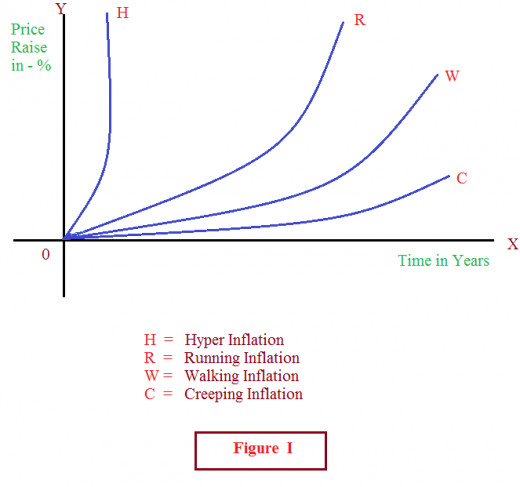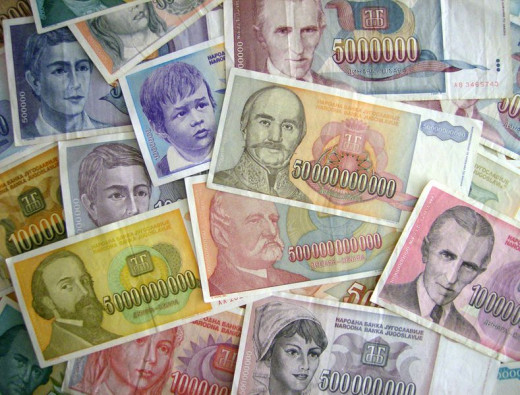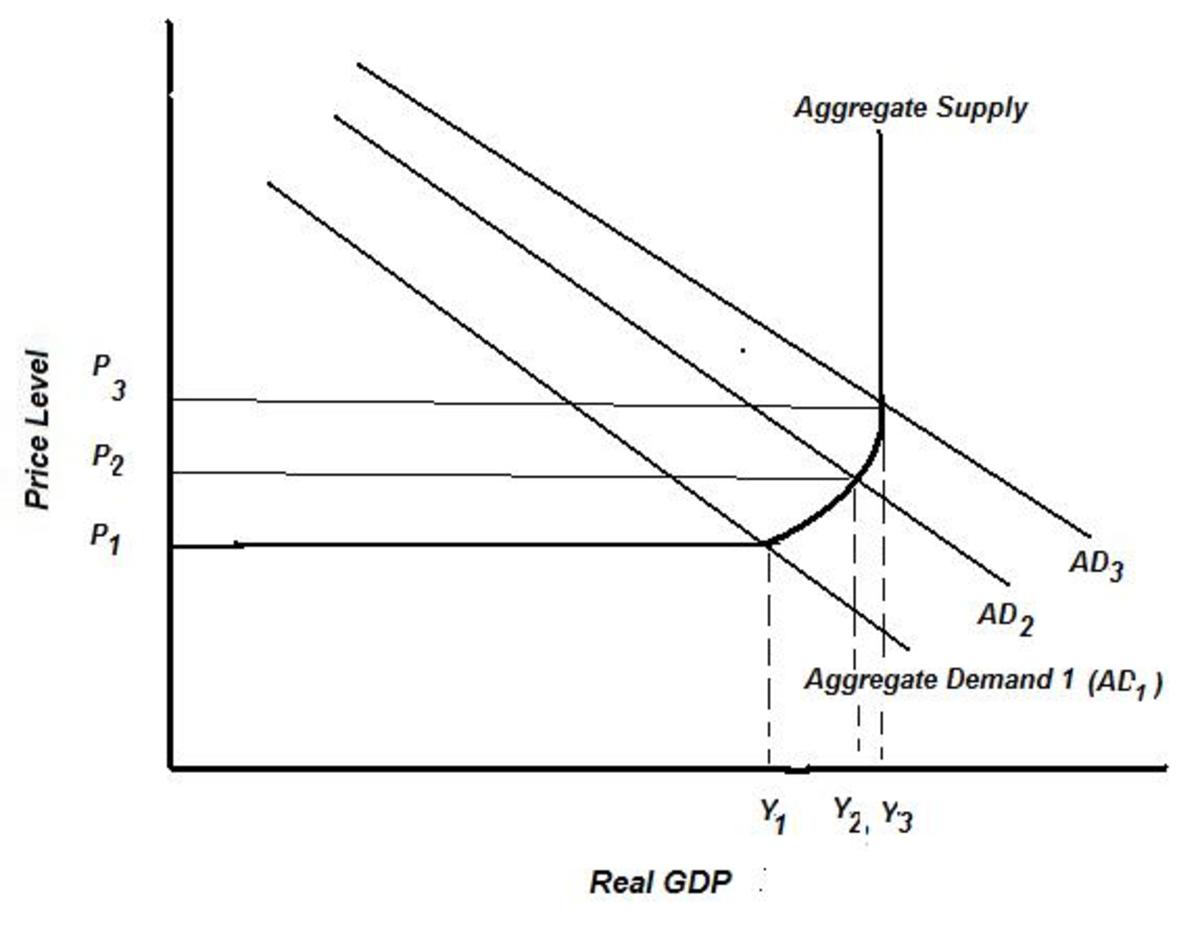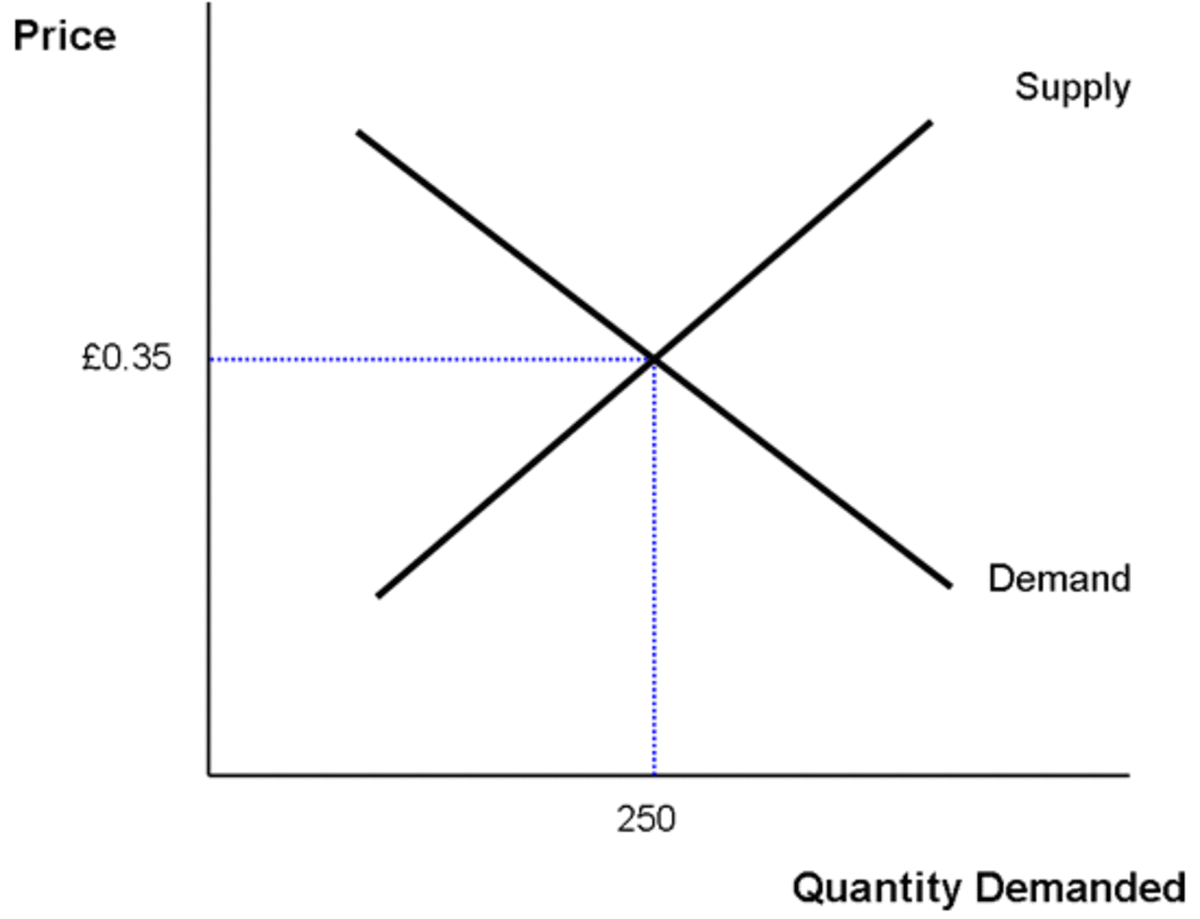What is Inflation? What are the Major Types of Inflation


Introduction
Now, the people are too much aware about various events happening around the world. That may be political, social, environmental, economical……. anything. People including administrators are seeing inflation as a burden. Why this is so? No doubt, people are bothered about a secular and safer life. But unfortunately, since the effects of globalization, the whole world suffering even from a small issue raised from a corner of the world. In short inflation is one of the dangerous issues which creates many problems. Since, economics is the social science and which study about inflation, we can analyses the concept of inflation and how the economists views it.
There are many different opinion about inflation among economists of different times. The neo-classical economists were believed in an utopian renowned theory called “Full Employment”. By the idea of full employment, the neo-classicals assumed that, the market will automatically adjust to equilibrium. That is whatever the products supplied in the market, they will get demand. But in contrast to this theory, the whole world witnessed the ‘Great Depression’ of 1930s (1928 – 33) originated from United States of America. in this scenario, the famous modern economist John.M. Keynes published his famous masterpiece titled “The General Theory of Employment, Interest and Money” in 1936.
According to J.M. Keynes, the main cause for the issue of inflation is the excess supply of money beyond the full-employment level. So, gradually it will lead to the raising of price level of commodities in the market.
As mentioned above different economists defined inflation from different angles. Classical’s view failed because of the depression of 1930s. Then Keynes came with a new explanation. But unfortunately the post World War II of 1940s too affected the issue of inflation. In United States the price level arose rapidly and there arose different schools of thought. Some group argued that ‘the increasing of cost of production is the main cause for inflation. Another group argued that ‘increasing the demand is the main reason’. Another important school of thought was came with the name of Charles Schultz. He said ‘the sectoral demand shift is the main reason for inflation’.
Meaning of Inflation
Inflation is defined by each economists of different periods from different angles. Economist like Friedman defined inflation is nothing, but a monetary phenomenon. J.R Hicks said, inflation is not just a monetary phenomenon. Economists like Johnson, Brooman, Shapiro were defined inflation is nothing but an issue of continues raise in prices level.
In short, inflation occur by influencing different factors like general price raise, aggregate demand, money supply etc.
Types of Inflation
With reference to the changes in the price level, there different levels of inflation. Following are the major types of inflation based on the raising of prices. The following figure is provided for better understanding of various types of inflation.

1) Creeping inflation
creeping inflation refers to the progress of raising price level at a rate of less than 3 per cent per year. That is, this general price level raise will be very slow. This type of inflation may not be harmful to the economy. At the same time, this small rate of hike is essential for economic growth.
2) Walking Inflation
Here the price level raise is like a trot. That is the increasing of price level is greater than 3 per cent. But it will be a single digit one. In other sense walking inflation is the phenomenon of price level raise at a rate between 3 to 10. Actually walking inflation is a signal or a warning for the economy for the urgent of controlling the system.
3) Running Inflation
Running inflation is more dangerous than creeping and walking inflation. Here the inflation rate will be in between 10 to 20 per cent per year. The reason for saying this is, this is more dangerous for the economy, Running inflation will badly affect the majority of the population including poor and middle class people.
4) Hyper Inflation
It is the most dangerous type of inflation. The price level raising will be above 20 per cent per year, and it may touch triple digit rate. If things are going with hyper inflation pressure, it will be more pathetic for the society.









